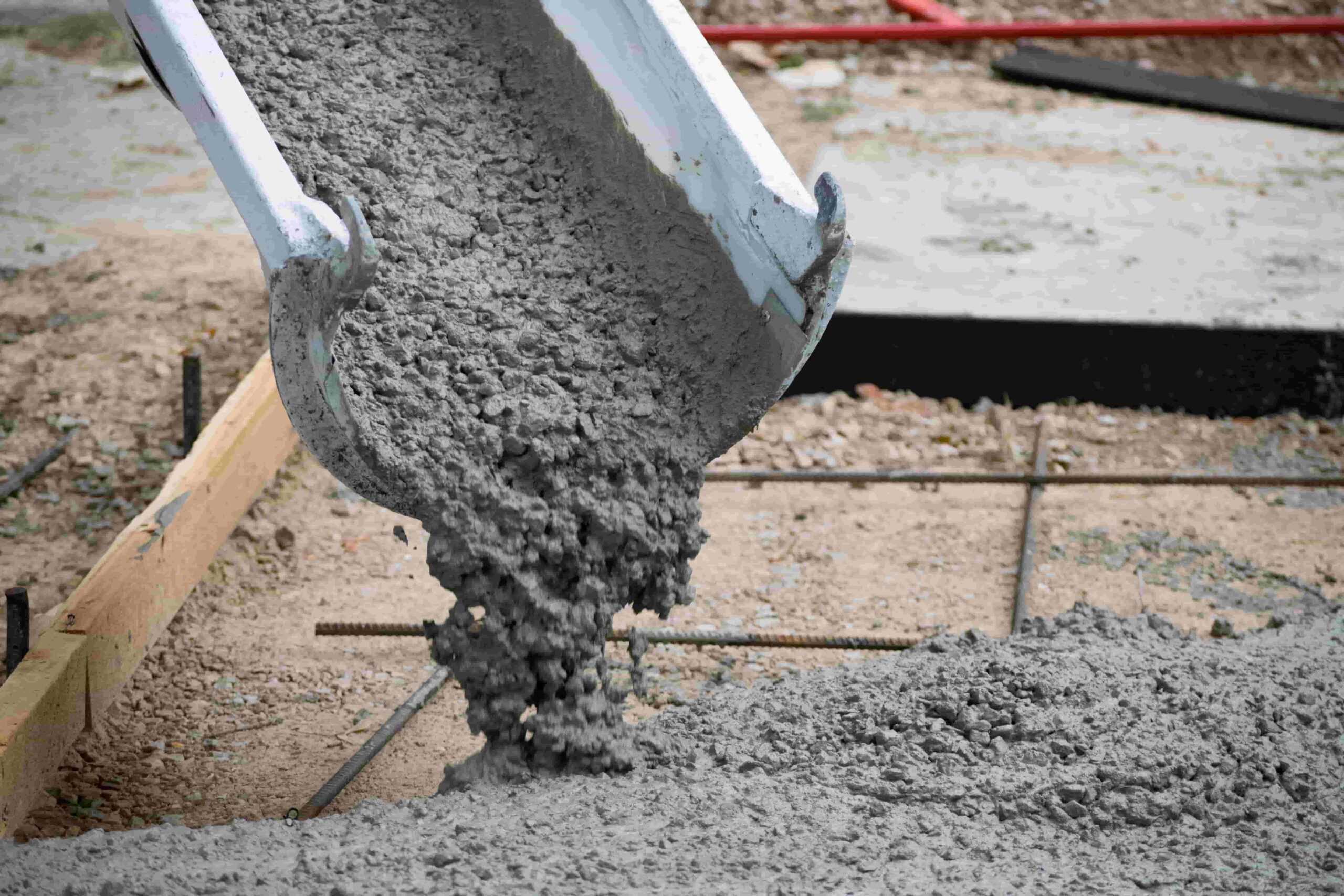
Posted on June 16th, 2023 by hpprocess
Since the invention of electricity in the late 19th century, there has been an ever-increasing demand for power. Rising power demand leads to more power stations and increased coal combustion, producing more fly ash.
This fly ash, known for its low carbon footprint, finds extensive use in the construction industry. It is a sustainable alternative to high-carbon-impact Portland cement. It has a significant content of silica, alumina, and iron content. Thus, it becomes a valuable ingredient in producing sustainable building materials.
Growing focus on sustainable development drives global demand for eco-friendly building materials. With a US $13 billion market size in 2022, the fly ash industry market size is set to grow with a CAGR of 7% and reach US $23.9 billion by 2032.
Moreover, the increasing global need for infrastructure development further contributes to its market’s growth.
However, both opportunities and challenges along the way beset this rapid growth.
Opportunities in the Fly Ash Production Process
There is a growing demand for housing as the world population increases. Plus, investments in public and private infrastructure rise as economies grow. This creates lucrative opportunities for the global fly ash market.
The Asia Pacific region is expected to lead the growth in the fly ash market. Factors like rapid urbanization, income growth, and rising demand for housing, healthcare, and education drive this growth.
Countries like India, China, and the USA have well-established building and construction sectors. Thus, their demand for fly ash is very high.
Furthermore, state initiatives promoting the production and use of fly ash are fueling the market’s expansion. Examples of such initiatives include
- Belt and Road Initiative in China
- Build Back Better Initiative in the USA
- Gati-Shakti Scheme in India
Challenges and Environmental Impact
One of the challenges the fly ash industry faces is the increasing trend toward renewable energy sources. The world is shifting towards sustainable and renewable energy options. As a result, thermal power is being replaced by greener power sources. This shift poses a potential challenge to the growth of its market.
Additionally, fly ash composition varies according to the source. It affects its usability and performance in construction applications. Inconsistent fly ash quality can limit its suitability for specific construction projects since it leads to issues such as
- Low mechanical strength
- Extended setting periods
- Increased permeability
Fly ash also contains pollutants and toxic substances such as lead, arsenic, mercury, cadmium, and uranium. If not collected and disposed of properly, these substances can pose health risks to humans and the environment.
In addition, the sheer quantity of fly ash generated each year poses a disposal challenge. ACAA reported that only 60% of fly ash was recycled in 2022, while the remaining was left unclaimed.
Converting Fly Ash Safely With Heyl Patterson
Safely converting the collected Fly Ash and disposing it through our Thermal Processing equipment is critical to mitigate the environmental impact. By embracing sustainable practices and investing in advanced processing systems, your business can thrive. It can generate more revenue while minimizing its ecological footprint.
Heyl Patterson technology has proven to be a leader in converting/processing the fly ash that has been collected by other companies into a safe and useful product. This has been made possible with highly efficient Heyl Patterson equipment such as thermal processors. These machines enable efficient conversion of high-quality fly ash for recycling into eco-friendly construction materials.
Heyl Patterson is a leading provider of state-of-the-art equipment for fly ash processing, offering innovative solutions to meet the industry’s safety needs. With cutting-edge equipment and expertise, we make safe and efficient fly ash processing possible for our customers.
Reach out to us to get a quote today.










